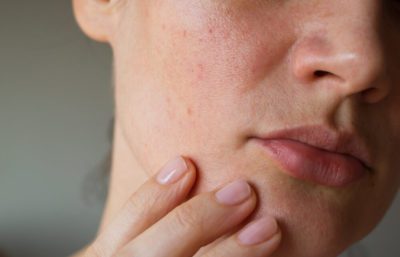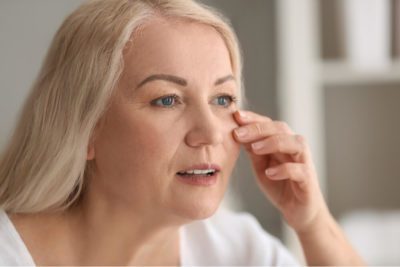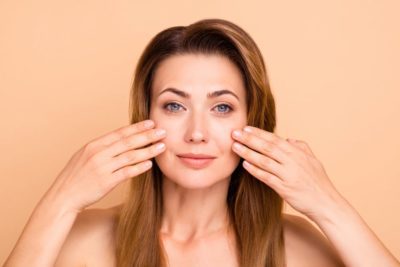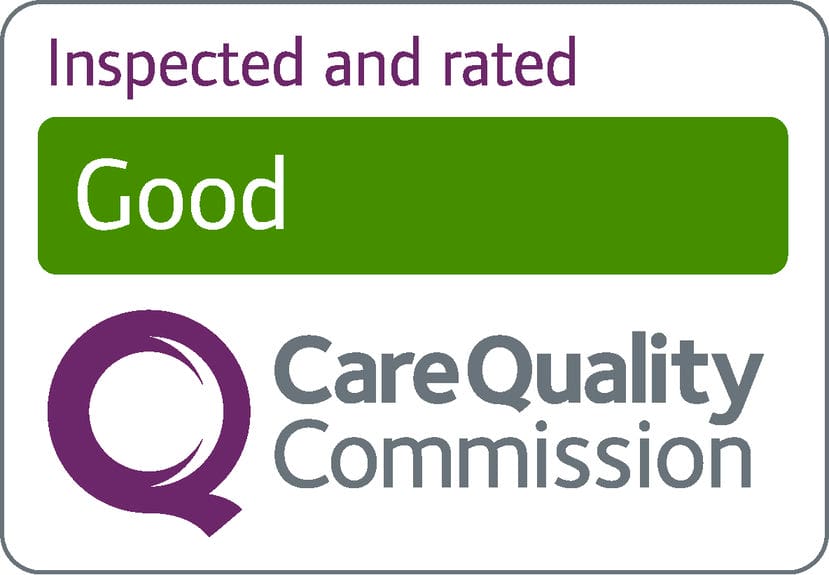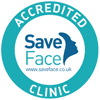“I love visiting the Clinic and am very impressed by the changes I have seen in my skin since I started regular treatments a year ago. My pores have dramatically reduced” Cheryl
“I made an appointment hoping to improve my oiliness and enlarged pores; I have been very pleased with Jane’s help and advice and even after a week I could see improvement.” Mary
“Opened my eyes to a whole new level of understanding my skin and how to take care of it. I particularly liked the detail she went into in explaining the reasons why my skin is the way it is, and steps I can take to improve it. It was also wonderful how the focus of the consultation was NOT to seek products, but to truly educate me on skin. Would absolutely recommend the consultation to anyone. I already feel significantly better about my skin through what I learnt.” Rosie
“I love coming to the skin to love clinic and I look forward to all my treatments as I always see amazing results at each visit.” Farrah
“Excellent” Louise
Do pores actually get bigger?
They do. Large pores can get stretched out when they’re clogged with dirt, oil, dead skin cells, or other debris, or when your skin health declines when it loses some of its structural support (a.k.a. collagen and elastin) because of sun damage or even just because of normal ageing, especially after menopause.
If you have an oily skin type, your enlarged pores might bother you when you’re younger, but oily skin generally ages a bit more slowly because of the protective agents in your body’s natural oil barrier, so your pores might bother you less when you’re older, (even if they are large pores).
Why do pores enlarge?
I think of facial pores like a column exiting at your skin’s surface. It can look bigger if there’s something within the column enlarging it, like a dead skin cell, stray hair follicles, oil, or even acne, and it can also look bigger because of the skin surrounding it—because of a weakening of the surrounding collagen.
Maintain your skin health
Healthy collagen sort of cinches your facial skin pores tight. Therefore, maintaining your skin health and taking care of your sebaceous glands helps avoid enlarged facial pores and an uneven skin tone.
Are clogged large pores acne?
Large facial pores are where the hair follicle and or oil gland exits the skin releasing our skin’s protective barrier. When dead skin cells get clogged deep inside a pore, it creates a dark shadow, and that’s why a blackhead looks black—it’s actually the shadow of the sides of the enlarged pores.
Damning dead skin cells
If the clog is more toward the surface, that’s a whitehead. As inflamed enlarged pores become acne, the oil gland swelling around the clogged enlarged pores leads to a cyst, which gives it the appearance of having a ‘white head’. Larger pores are more likely to become clogged, so pore size does play a role in contributing to acne.
However, your pore size is not the sole contributing factor. Maintaining healthy skin by removing excess sebum and avoiding sun exposure can do more to help prevent clogged pores than popping all those pesky pimples.
What is Acne?
Acne is common in both adolescents and adults, no matter your skin type. The influences behind the development of the disease are:
- Increased size of the sebaceous gland and increased oil production within your skin cells.
- Increased production of skin cells; the body can’t shed these ‘extra’ cells fast enough and as a result, the sebaceous gland follicles become blocked.
- The blocked follicles become the perfect breeding ground for bacteria and swiftly become highly populated by “P.acnes bacteria”.
- As an immune response to the bacteria, the follicles become inflamed. This same response can also be stimulated by hormones, for example, at puberty.
Which skin treatments are there for enlarged pores?
To keep the column clear for patients with really enlarged pores or even breakouts, it’s great to combine mild chemical peels with Isolaz, an intense pulsed light laser that’s mixed with suction action and known as photo pneumatic therapy.
The laser treatments help kill the bacteria that drive acne and help normalize the skin tone, getting rid of some of the discolourations from acne; the suction helps clear enlarged pores; and then doing a gentle chemical peel over it really improves pores and the deeper layers of problematic skin cells.
People used to do deeper-depth peels until the 2000s, but since then, lasers have surpassed peels in terms of safety. I definitely don’t recommend anything deeper than a superficial chemical peel.
To help build the collagen back up and reduce enlarged pores, most dermatologists use laser resurfacing therapies. It’s a broad category with many brands, all aimed at stimulating collagen, from very noninvasive technologies, Clear + Brilliant, to more-intense treatments, like Fraxel, that can help remodel the collagen and cause salicylic acid and collagen production, reducing the likelihood of getting large pores.
How often you do laser resurfacing is individual—there’s a tug of war between the treatments and the effects of natural ageing of your skin cells and sun exposure, and you just have to find the right balance. Skincare products can help in this regard, we suggest you browse our wide range of available skincare products when you come for an in-house consultation, and we can help you find the perfect fit for your skin type.
Can you have oily skin and enlarged pores at the same time?
Yes. If you’ve lost collagen in your skin, large pores are more common, it doesn’t matter whether your skin is dry or oily—the pores will be less tight, and therefore more prone to becoming enlarged pores. Improving your overall skin health will help with making large pores less prevalent as your skin loses elasticity and your skin cells age.
Some of the ingredients used in these treatments include but are not limited to salicylic acid, alpha hydroxy acids and beta hydroxy acids. These treatments will help you manage and maintain occurrences of large pores. Large pores tend to lead to an uneven skin tone if left unchecked.


